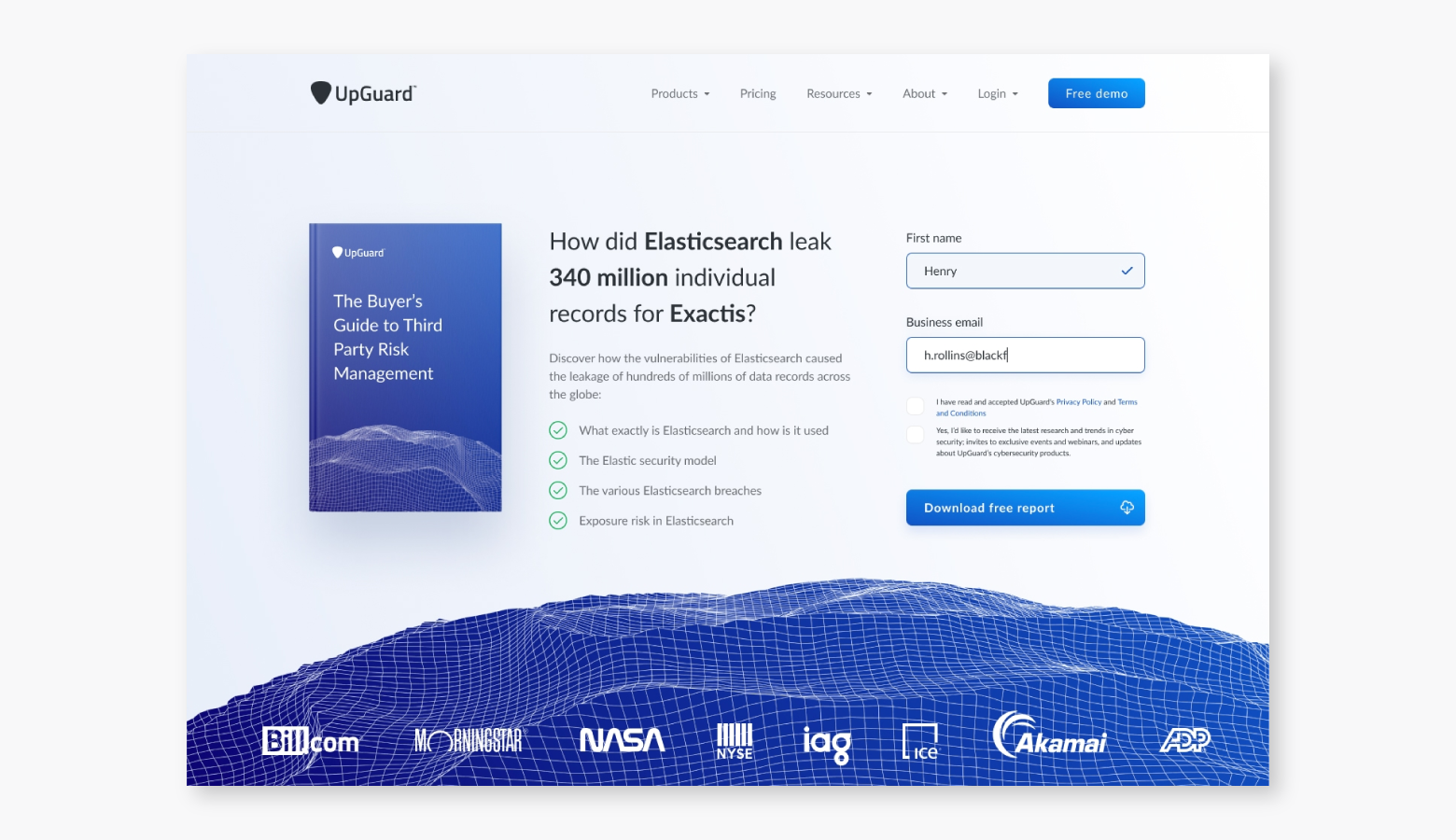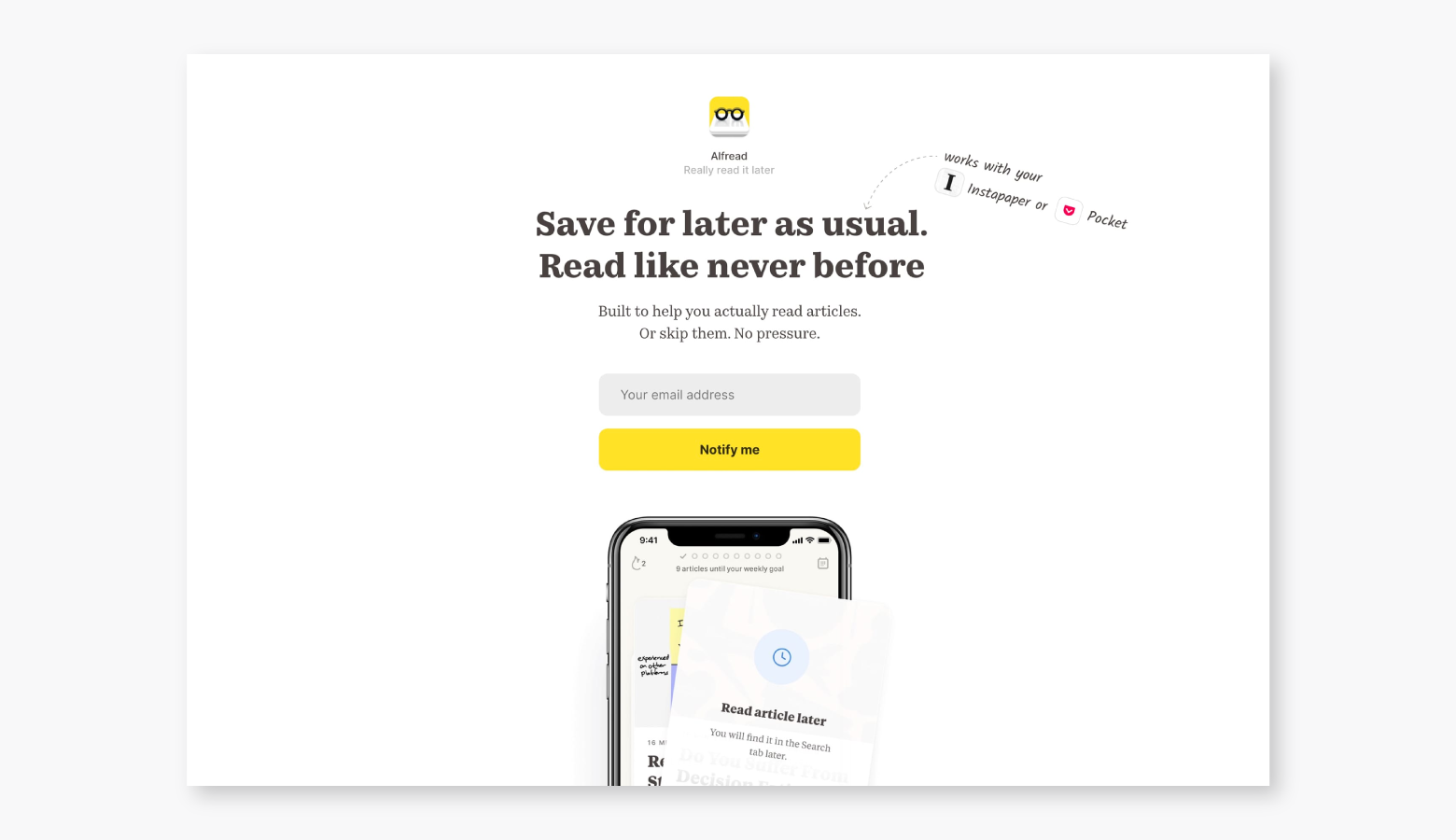

Landing Page Best Practices (with Infographic)
source link: https://www.toptal.com/designers/web/landing-page-best-practices
Go to the source link to view the article. You can view the picture content, updated content and better typesetting reading experience. If the link is broken, please click the button below to view the snapshot at that time.
Landing Page Best Practices (with Infographic)
The web is teeming with distractions. Landing pages exist to cut through the noise and entice prospects, but it takes more than glossy visuals and informative copy to compel conversion. Landing page best practices help designers craft content that is relevant, convincing, and optimized to make value instantly apparent.
Landing pages highlight value with persuasive visuals, concise copy, and limited navigation. They are entirely conversion-focused. Because of their abundance online, designers may be tempted to replicate inspiring examples and assume that success will follow. Unfortunately, mimicry is a narrow strategy, and polished content is useless if it isn’t presented in ways that motivate buying decisions.
Landing page best practices empower designers with proven strategies that clarify value and trigger conversion.

Eliminate Distractions to Amplify Value
The term “landing page” is misleading. It almost sounds passive, as if prospects are only meant to “land” and observe content—like they would at an art gallery. Make no mistake. Landing pages exist to propel conversion. Navigation, links, text, and visual design elements are on the chopping block. If they divert attention from conversion, they must go.
What happens when designers fail to appreciate the conversion-driven nature of landing pages?
- Too much information: Information-heavy landing pages thoroughly explain product features and functionality but fail to convince prospects to take action.
- Too little motivation: Motivation-deficient landing pages prioritize aesthetic excellence but lack clear value propositions.
That’s not to say that well-written copy and world-class visuals aren’t necessary, but there’s more to consider. To get the most out of content, designers need to know the different types of landing pages and why they exist.

5 Types of Landing Pages
Lead Generation Pages
Lead generation pages are designed to obtain contact details and frequently offer promotional items in exchange for information. They’re a useful way to identify interested prospects for follow-up efforts.

Click-through Pages
Click-through pages combine images and copy that tout product benefits and persuade prospects to click CTA buttons which lead to checkout or account-creation pages.

Pitch Pages
Pitch pages are streamlined versions of click-through pages. These pages feature very little imagery and copy, and introduce value propositions immediately. The objective is to entice users with a call-to-action that results in a trial period or follow-up conversation.

Squeeze Pages
Squeeze pages force prospects to submit email addresses or phone numbers before granting access to sought-after content. They’re a boon for email marketing but may irritate prospects who don’t want to relinquish contact details.

Sales Pages
Sales pages encourage prospects to make immediate purchases. They’re advantageous when landing page content is persuasive and prospects are motivated, but it’s worth noting that information is best revealed in layers. People tend to ignore details they aren’t looking for.

Compel and Convert With Landing Page Best Practices
There’s no fail-proof landing page formula. Products are nuanced, as are the people who buy them. Compelling imagery and copy are essential, but they won’t meet their conversion potential if implemented poorly. Landing page best practices help designers frame content to illuminate value and show how products fulfill prospects’ needs and desires.

Download a PDF version of this infographic.
Further reading on the Toptal Design Blog:
Recommend
About Joyk
Aggregate valuable and interesting links.
Joyk means Joy of geeK